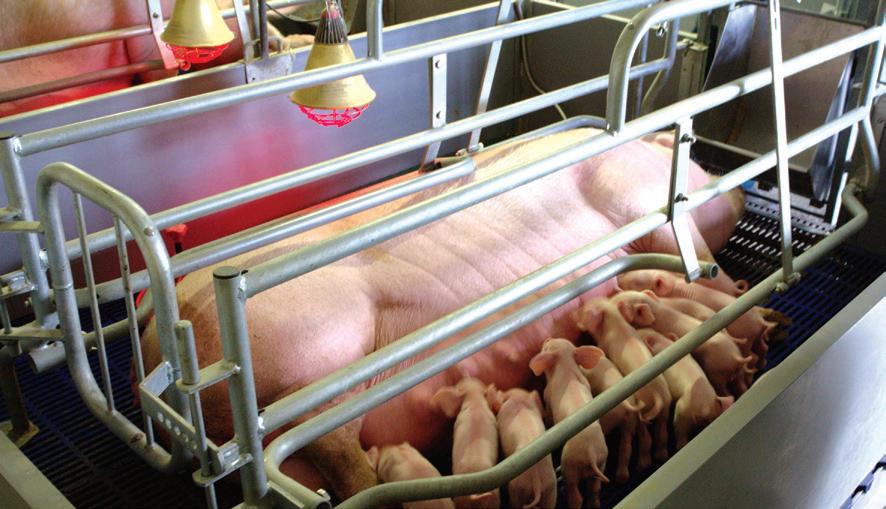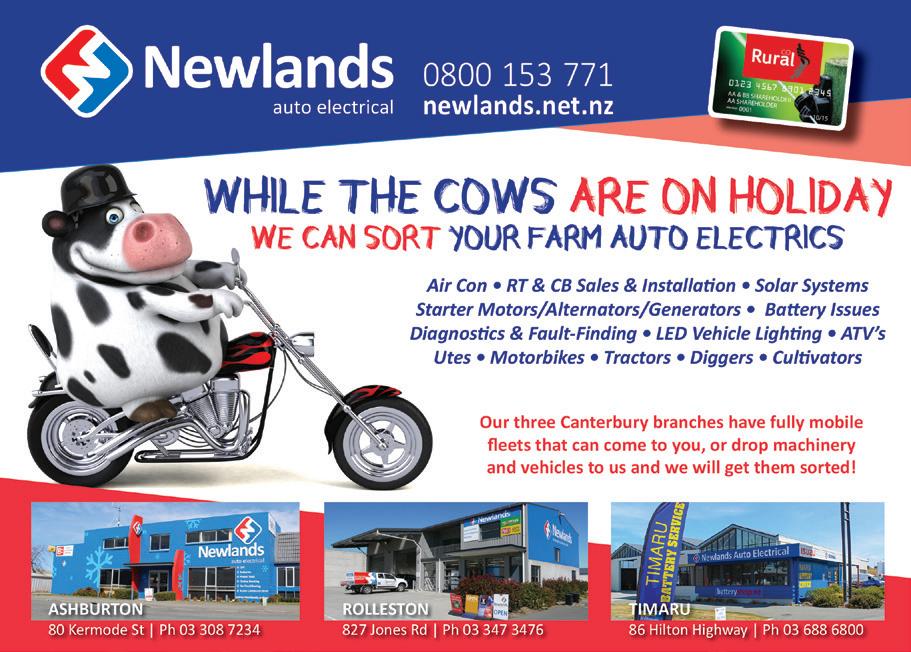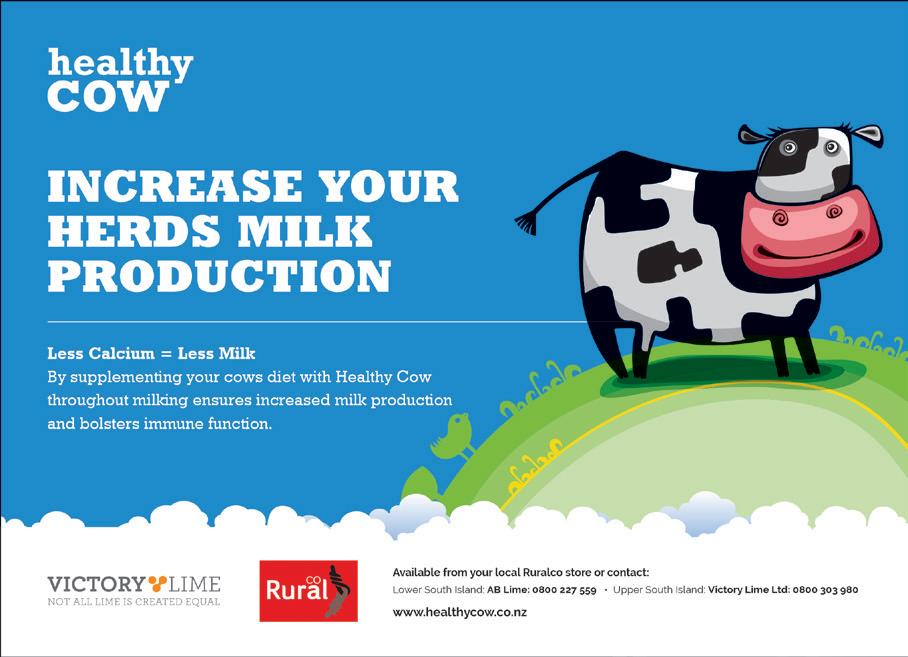
2 minute read
NAWAC reviewing mating crates and farrowing stall regulations
by Ruralco
A High Court ruling around the use of mating stalls and farrowing crates has the potential to significantly impact New Zealand pig farming including a number of piggeries in Canterbury.
WORDS AND IMAGES BY NZ PORK
Advertisement
In November, the High Court ruled regulations and minimum standards regarding use of the stalls and crates were unlawful and invalid. The Court directed the Animal Welfare Minister to consider recommending new regulations that provide a transition period to phase out the use of farrowing crates and mating stalls and to consider making such changes to the relevant minimum standards under the Welfare Code for pigs. The decision followed a judicial review taken by the New Zealand Animal Law Association (NZALA) and Save Animals From Exploitation (SAFE). Now, the National Animal Welfare Advisory Committee (NAWAC) is reviewing the Pigs Code of Welfare, with a sub-committee considering mating crates and farrowing stalls. It is likely to recommend further regulations. NZ Pork Chief Executive David Baines says standard indoor farrowing systems are essentially maternity wards for mother pigs and are proven to be the most effective at protecting piglets from being crushed by their mothers “Any ban on the traditional use of farrowing crates would have a detrimental effect on animal welfare, productivity, and staff health and safety.” “It would jeopardise a significant number of pig farms – due to higher piglet mortality and the costs of installing alternative systems, which provide less protection for piglets. This would likely force New Zealanders to rely on even more imported pork that is produced using practices currently illegal in this county.” “Worldwide, farrowing crates are the most common system used to house sows and piglets until piglets are weaned. No country has completely banned their use.” “Alternative indoor systems, like farrowing pens, have not been widely adopted in any country, due to reduced piglet protection. Farrowing crates allow sows easy access to their own feed and water. They provide a separate piglet-only area that is heated, to meet their temperature needs and attract them away from the sow when she is resting, which reduces crushing and hypothermia.” The judgement from the High Court was about failings with the National Animal Welfare Advisory Committee (NAWAC) in developing the regulations and codes of welfare—rather than specifically addressing the use of indoor farrowing systems, says Mr Baines. NZ Pork is advocating at central government level and working to increase understanding around why the industry uses farrowing crates. This includes engagement with vets, animal welfare professionals, and scientists. It’s also participating in the working group drafting the new Code of Welfare, providing input to the NAWAC sub-committee. “The Government has acknowledged there is currently no viable indoor farrowing alternatives available so we are working hard on behalf of our farmers to ensure there remains a place in our industry for farrowing crates and mating stalls,” said Mr Baines.
David Baines, Chief Executive NZ Pork














